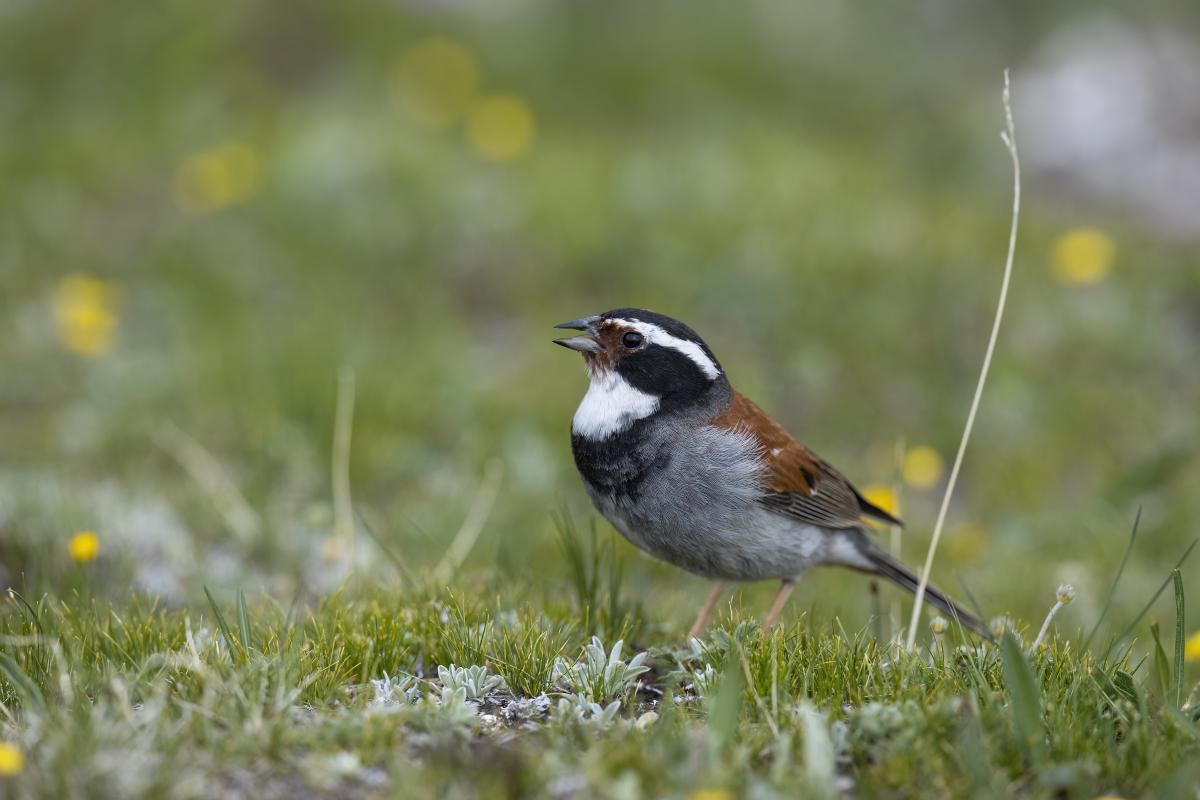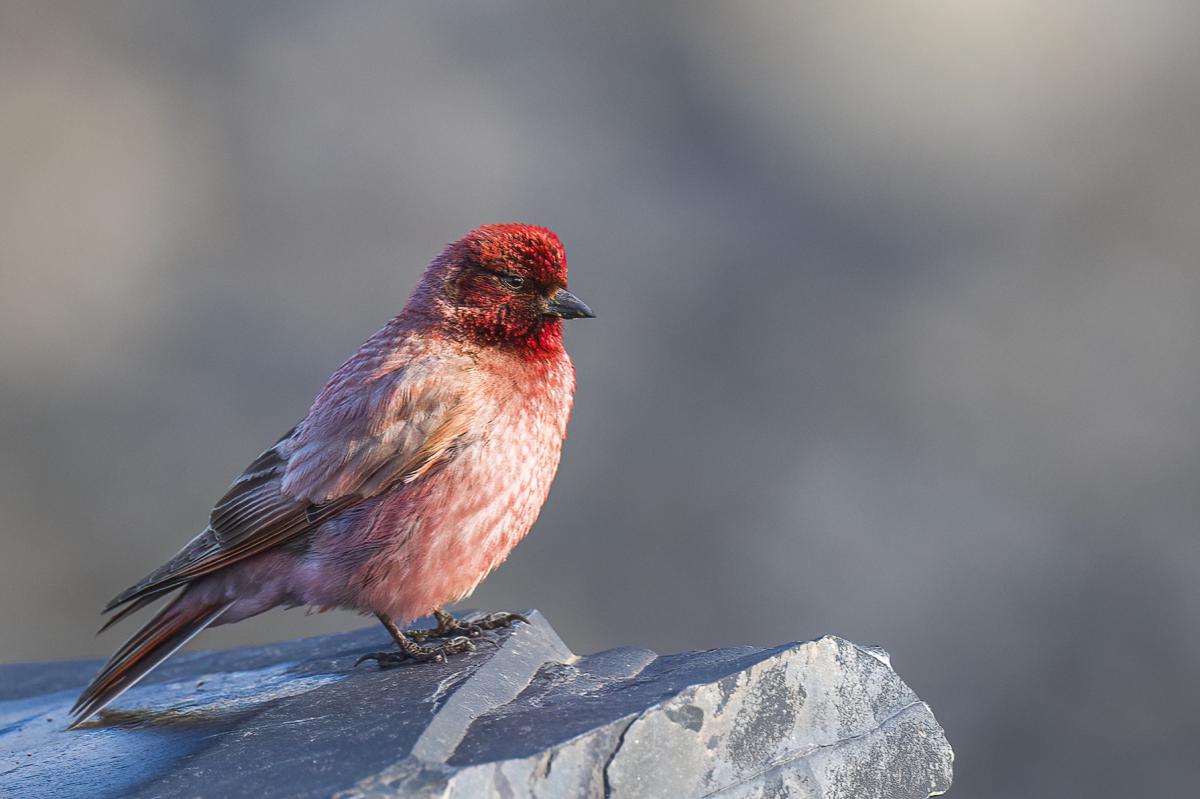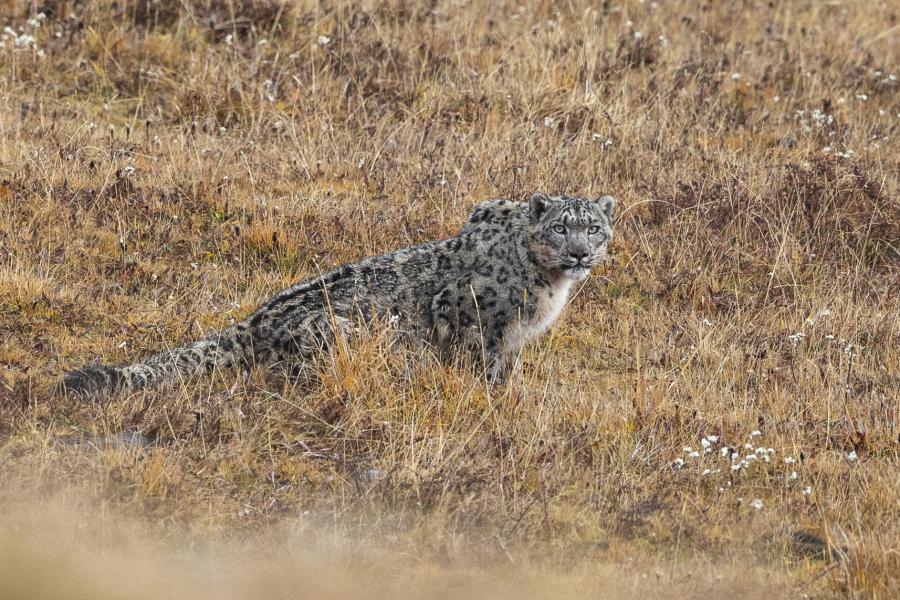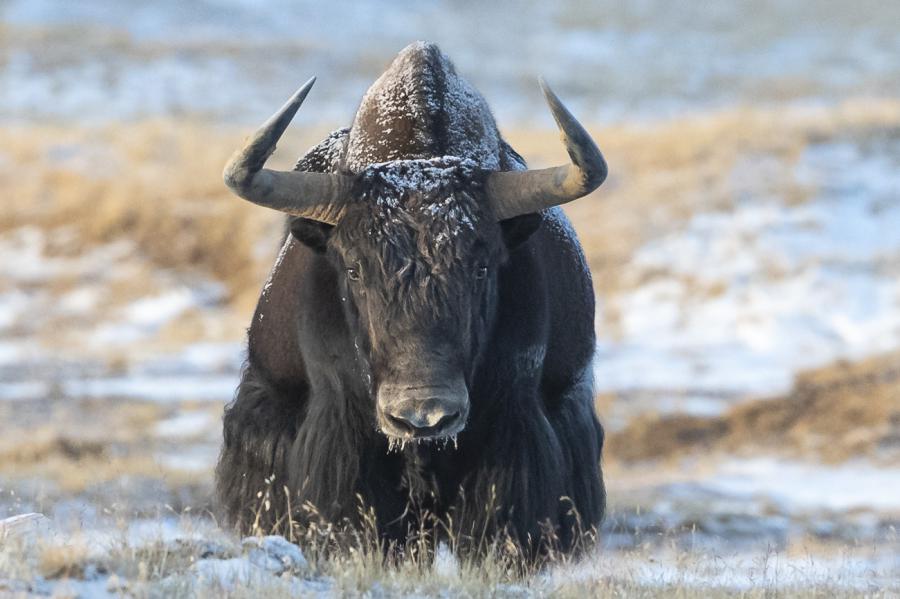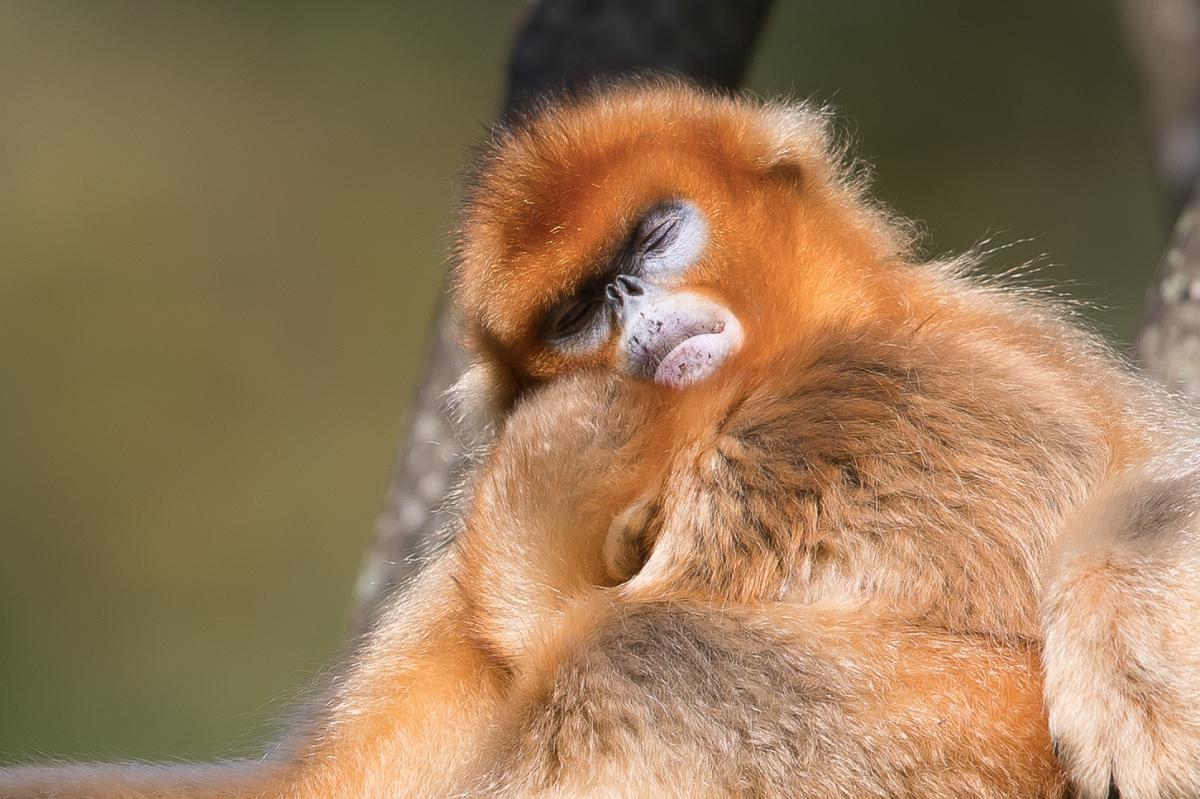Qinghai Province primarily encompasses the northeastern section of the Tibetan Plateau. Its capital, Xining, is situated at a refreshing altitude of 2,200 meters within a wide, heavily cultivated valley. The hills directly north of the city are known habitats for the Pale Rosefinch Greater-necklaced Partridge. About 60 kilometers north of Xining lies Laoye Shan, a hill that overlooks the town of Datong. Here, birdwatchers can observe Gansu Leaf Warbler, Chinese Nuthatch, Przevalski's Nuthatch, White-browed and Crested Tit Warblers, as well as White-winged Grosbeaks and Robin Accentors.
The route leading westward from Xining to the Tibetan Plateau features a pass adorned with the Sun and Moon Pagodas, which are prominent attractions. On the hillsides below prayer flags, one can spot the Ground Tit, Little Owl, and Plain Mountain Finch. After a two-hour drive westward, the stunning Qinghai Lake—also referred to as Koko Nor—comes into view.
In the hills southwest of Qinghai Lake, you can find specialties of the Tibetan Plateau such as the White-browed Tit, and Alashan Redstart or Przevalski's Redstart, . The breeding birds found along the edges of the lake attract many domestic tourists near Shinahe. Nearby, at ‘Bird Island,’ visitors commonly feed Pallas’s and Brown-headed Gulls with bread. Each May, hundreds of Bar-headed Geese breed in this region.
Despite improvements to the roadways in recent years, the area remains wild and harsh, with much of it lying above 3,000 meters in elevation. Certain high passes, such as Er La, reach elevations over 4,500 meters and may be blocked by snow for a significant portion of the year, where the endemic Tibetan Rosefinch can be spotted. Most of the yaks seen are domesticated, but Qinghai's expansive grasslands are also home to Asiatic Wild Asses. Tibetan Gazelles, along with foxes and occasional wolves that prey on them, can also be observed.
A two-day drive southwest from Qinghai Lake along Route 314 leads dedicated birders to the lively town of Yushu (known as Jyekundo in Tibetan), where Ibisbills can be found along the river nearby. Further south, the plateau transitions into valleys shaped by the headwaters of the Yellow, Yangtse, and Salween Rivers. Tibetan bunting and Tibetan babax-can be found near the nondescript town of Nanqian.
To the west, Qinghai's second city, Golmud, is located in a desert region north of the Kunlun Shan, referred to as the ‘Mountains of Darkness.’ The road between Dulan and Golmud weaves through endless desert landscapes, providing excellent opportunities to spot Mongolian (formerly Henderson’s) Ground Jays, Pallas's Sandgrouse, Pere David's Snowfinch, etc.


